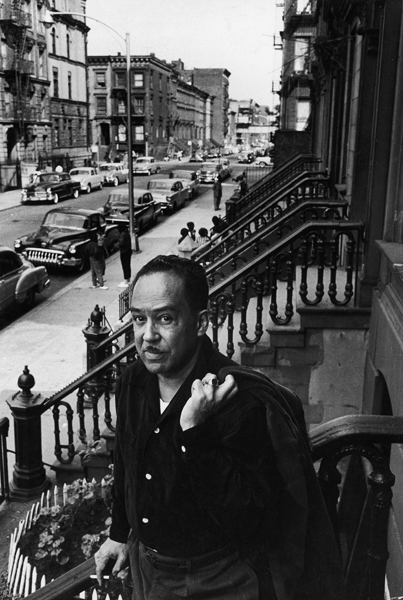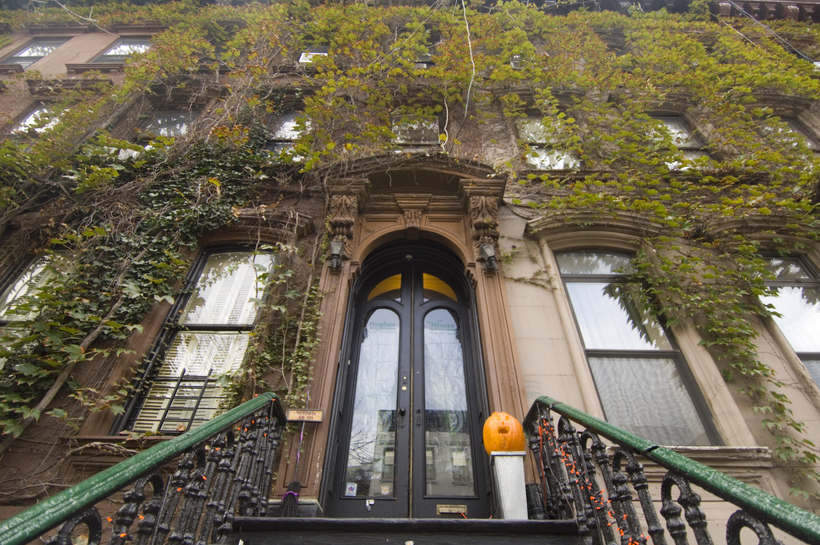One of the leading voices in the Harlem Renaissance of the 1920s, Langston Hughes focused his writing on the realistic plight of black people. He authored more than 50 literary works covering all genres: poetry, fiction, autobiography, children’s books, opera, and drama.
In his early years, Hughes was greatly influenced by W. E. B. Dubois and by his grandmother’s stories about his grandfather, who took part in John Brown's raid on Harper’s Ferry in 1859 to arm the slaves.
Hughes attended Columbia University, dropping out in the early 1920s to "see the world." After returning to the United States, he won a scholarship to Lincoln University in Pennsylvania (graduating in 1929), where he was considered one of the most promising young poets of his generation.
A friend of Ernest Hemingway, Hughes continued to travel widely and made Harlem his permanent home in 1942.
Hughes, unlike many of the Harlem Renaissance writers, was able to support himself financially through his writing. His works included "Simple Speaks His Mind," featuring the witty and ironic street-smart Harlemite who commented on the everyday life of black people. His well-known poems such as "The Negro Speaks of Rivers," "The Weary Blues," and "Harlem" were meant to be read aloud; because of his use of rhythmical language, the poems were frequently set to music and actively engaged the audience. He had additional success on Broadway, where his 1935 play "The Mulatto" became a hit.

